The all new Raspberry Pi 2 is the new maker’s sensation, sporting 6 times more performance and 2 times more memory than the previous model, keeping the same affordable US$35 price label. And this is not everything, Microsoft is also offering a free version of ARM-compatible Windows 10 for it (yes, you just read a sentence that includes “Windows” and “free”). These are great times if you like fiddling around with hardware, software and electronics.
There is however some sort of a funny issue with the Raspberry Foundation’s new creation: when exposed to strong infrared light (such as that from a Xenon photocamera flash or a small red laser pointer) it just freezes and crashes. The source of this problem has been identified as a small PWM voltage regulator that powers the processor and the memory – NCP6343 made by OnSemi, wich is dubbed U16 on the small Raspberry Pi 2 board – I dare you to find it in under 1 minute in the image above (click to enlarge).
Following space constraints, this chip is made in the Chip Scale Package technology, wich means there is no extra plastic packaging and the actual semiconductor is exposed. Due to the same effect used in a solar panel to generate electrical current when exposed to sunlight, the tiny diodes and transistors in U16 generate unexpected currents of their own wich perturb the normal functioning of the chip, and then electronic chaos ensues. Of course, there is a general warning on how this packaging is sensitive to light, but CSP-packed chips are usually found in mobile phones and such, inside a dark casing, unlike the exposed Pi 2 board. More technical details (and some meaningless comments) in the original forums thread.
This is not really a big issue since there is little chance somebody will point high-intensity IR light at the chip unintentionally, but the fix is really easy: just cover U16 with something opaque – anything. People have mentioned even food, so it’s just another way in wich your Raspbberry Pi 2 allows you to be creative.

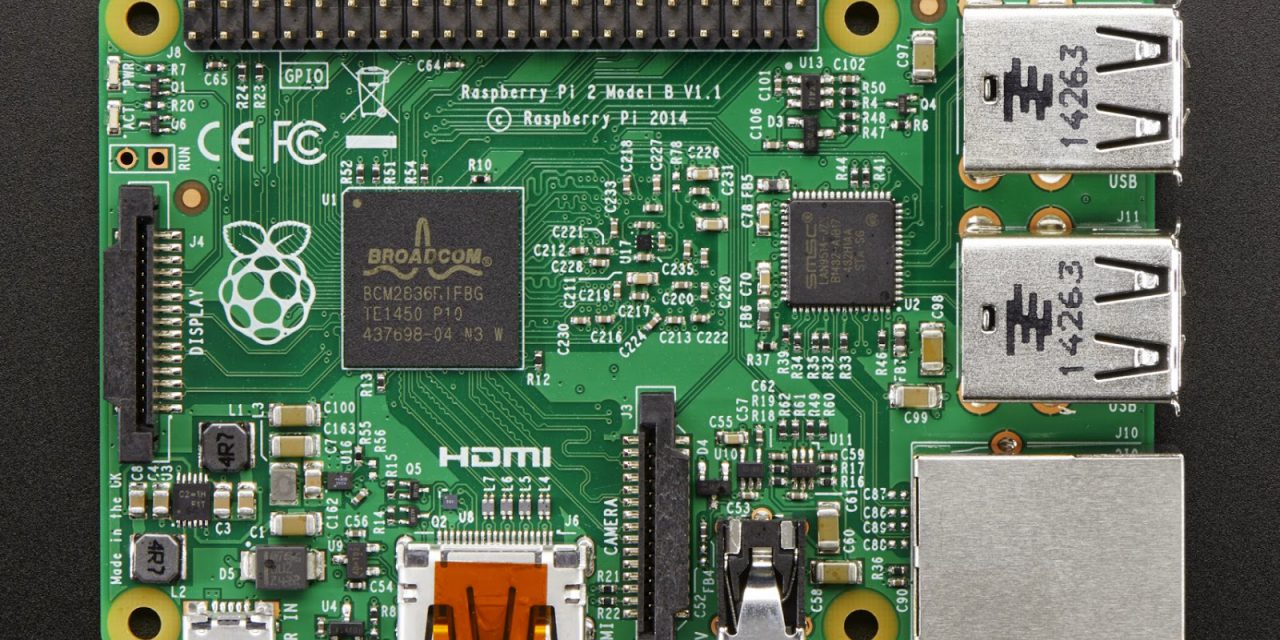

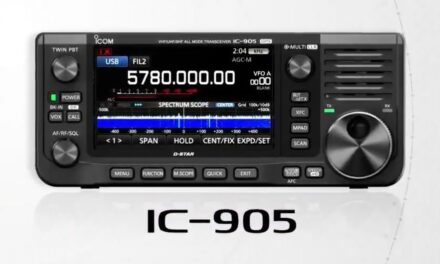


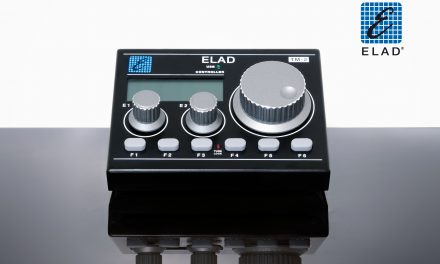
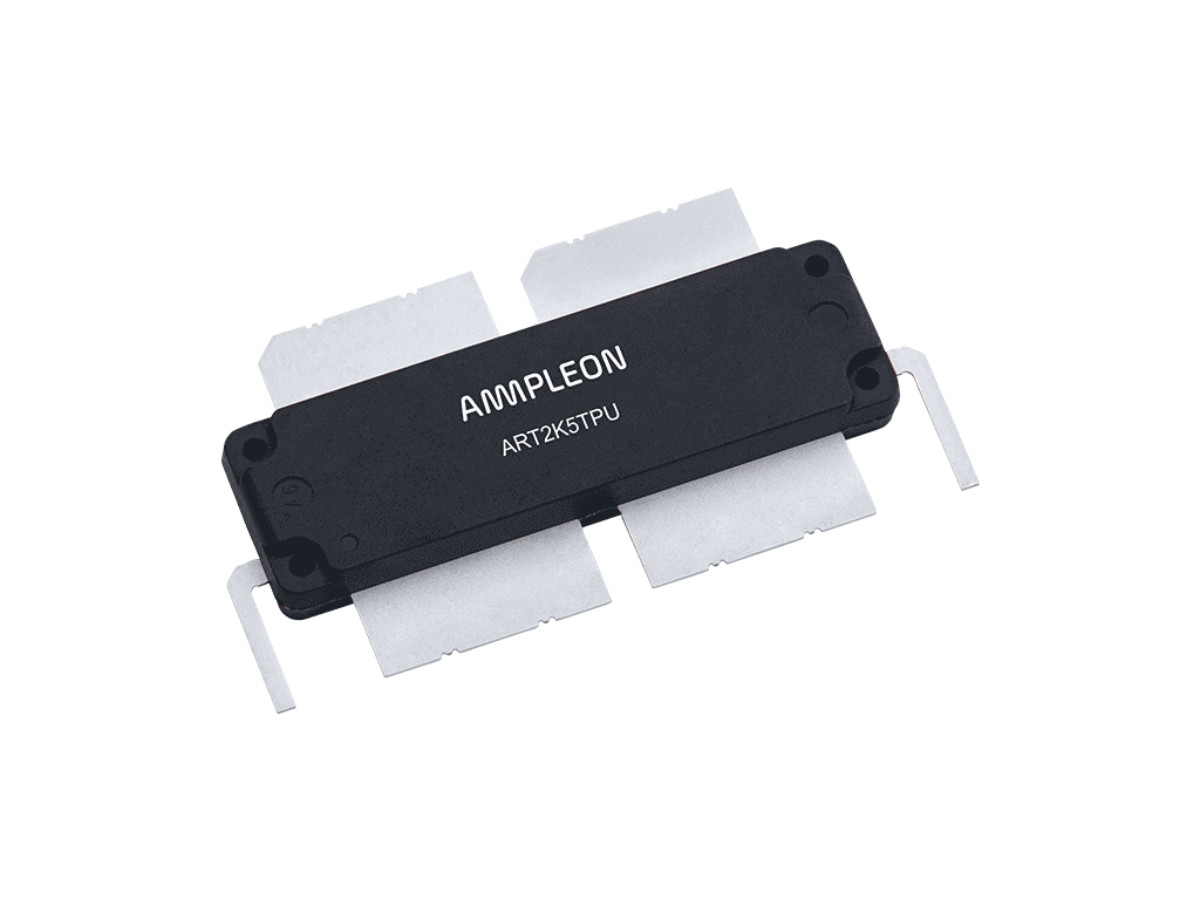

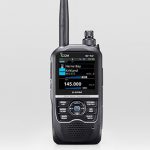

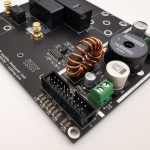
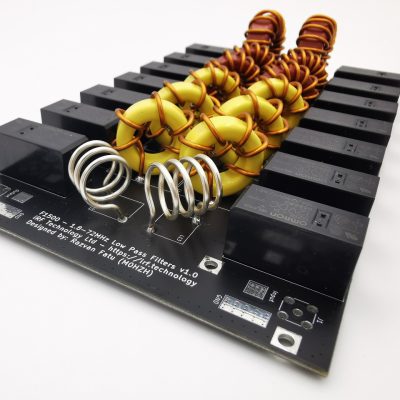
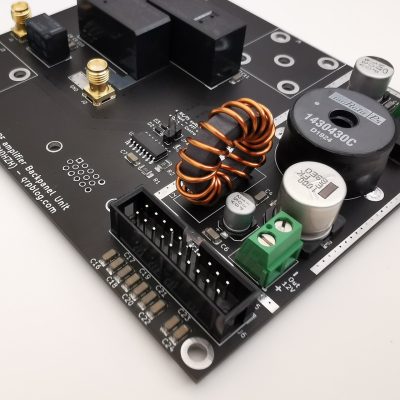
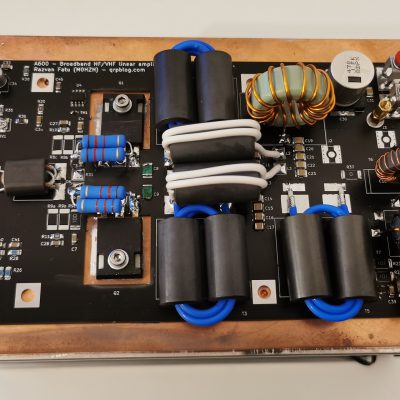
Found U16 in about 6 seconds 😉
73, Bas
Well if you're looking like me at the wrong half of the board, it can take you more than a minute haha ! For some reason I initially thought the audio connector was the power connector.